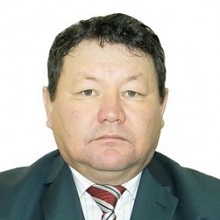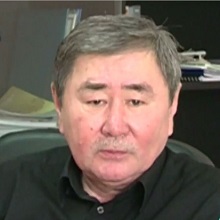As climate change sweeps through the dry steppes of northern Kazakhstan, farmers are relying on new climate-smart technology to keep their crop yields high. That is crucial for both Kazakhstan and the world, since the country is the 7th largest wheat exporter in the world.
According to the International Maize and Wheat Improvement Center (CIMMYT, one of 15 international agricultural research centers part of the CGIAR Consortium), in 2012 Kazakh farmers in three northern regions of the country adopted the new technology, known as 'no-till' or 'zero tillage.' That brings 1.85 million hectares or 10% of all of Kazakh farmland under no-till farming practices. Today the country appears to be the second fastest global adopter after China.
The Food and Agriculture Organization (FAO) and the World Bank estimated that just in 2012 the adoption of the technology resulted in 0.7 million tons of additional wheat grain, which is enough to feed some 5 million people for a year. So far, the new method is showing 30-40% yield increases, cutting cultivation costs, and reducing soil erosion.
Meiram Sagimbayev is one of the farmers using no-till, also sometimes called conservation agriculture, which helps keep moisture in the soil. "We started applying no-till in 2003 and 2004 on small fields first, and I really liked the results, so in 2005 I decided to apply the technology on all my fields," he says. "But the results convinced me that there are some peculiarities we should have taken into account, and we started analyzing it."


